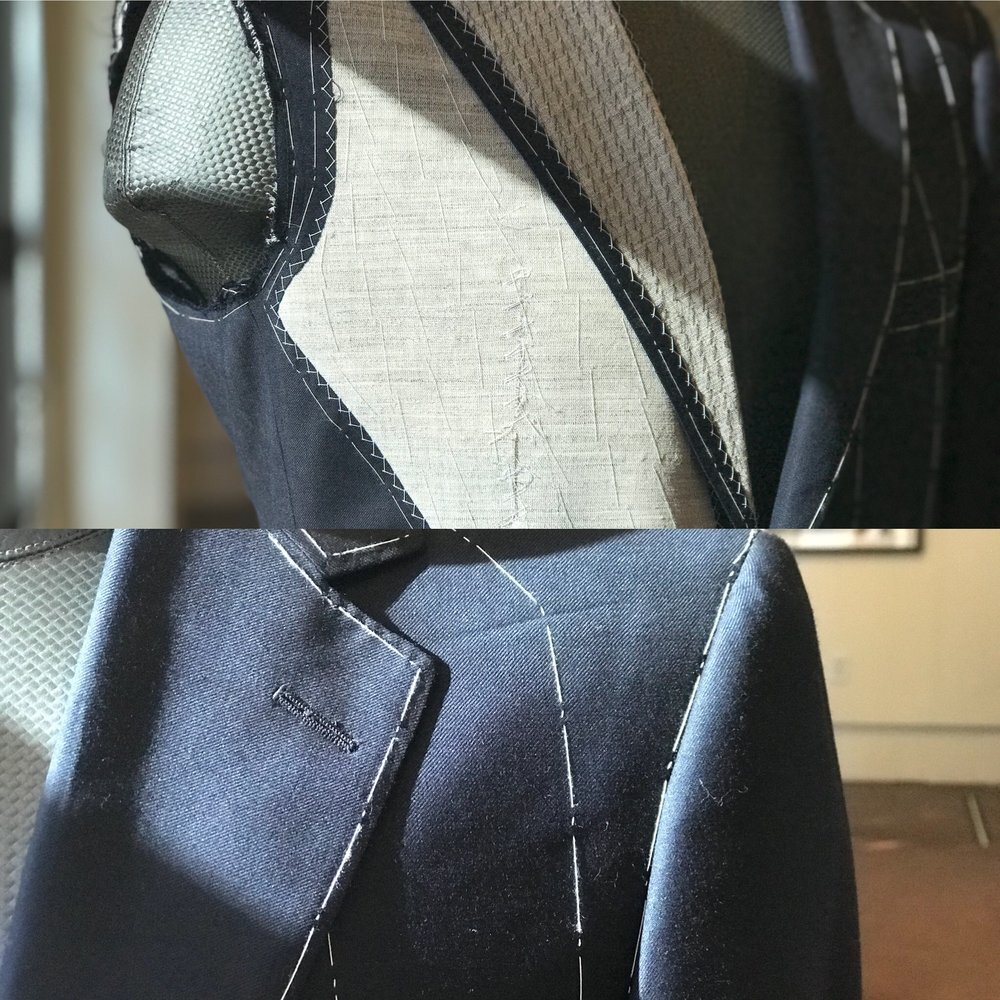Top Tailor Perth: Phenomenal Workmanship for Tailored Suits
Top Tailor Perth: Phenomenal Workmanship for Tailored Suits
Blog Article
Recognizing the Tailoring Refine: From Textile Option to Last Suitable for the Perfect Wardrobe
The tailoring process is an intricate interaction of art and science, starting with the critical choice of fabric option and finishing in the exact modifications of final installations. Each material type brings unique top qualities that influence not only the visual charm but additionally the garment's durability and suitability for different events.
Importance of Textile Choice
Choosing the appropriate material is important in the tailoring procedure, as it straight influences the comfort, longevity, and general aesthetic of the final garment. The choice of fabric establishes the structure for the garment's performance, functionality, and design. Different materials have special homes, such as breathability, stretch, and weight, which can significantly impact exactly how the garment drapes and fits the body.

A customized item made from a suitable fabric not just showcases workmanship but additionally raises the wearer's self-confidence. Recognizing the subtleties of fabric option is vital for any customizing venture. It ensures that the last product not just meets the visual wishes of the customer however also straightens with practical needs, thus achieving an unified balance in between kind and function in the customized wardrobe.
Types of Fabrics and Their Usages
Understanding the numerous sorts of textiles offered is vital for making notified choices during the tailoring procedure. Each textile possesses unique attributes that dictate its viability for specific garments and events.
Cotton, known for its breathability and gentleness, is perfect for sportswear and summer clothes. Its versatility enables it to be customized into whatever from shirts to outfits. Wool, on the various other hand, is preferred for its warmth and structure, making it a superb choice for official suits and outerwear. Its all-natural elasticity assists garments preserve form over time.
Silk shows luxury and is lightweight, making it ideal for eveningwear and delicate shirts; nonetheless, it calls for mindful handling due to its frailty. Bed linen, with its textured finish, is a prominent option for warm climates, supplying a crisp and ventilated feeling, yet it wrinkles conveniently, which may impact the garment's appearance.
Synthetic materials, such as polyester and nylon, deal resilience and resistance to wrinkles, making them ideal for day-to-day wear and energetic garments. Recognizing these textile kinds and their buildings permits far better decision-making, making certain that each customized item not just fits well yet additionally straightens with the desired objective and celebration.
The Tailoring Strategies Described
The art of customizing relies upon a selection of methods that change textile right into well-fitted garments. Central to this procedure is pattern composing, where a dressmaker develops layouts based upon the client's measurements and preferred style. This preliminary step ensures that the garment will fit the wearer properly before any reducing occurs.
When patterns are developed, reducing techniques enter play. Accuracy is vital as inaccuracies can bring about misfitting garments. Tailors typically use numerous reducing approaches, such as single-layer cutting for detailed styles and multiple-layer reducing for performance on common patterns.
Basting is an additional crucial technique, permitting dressmakers to temporarily stitch textile pieces with each other for an initial fitting (wedding suits perth). This method provides the opportunity to evaluate the drape and total silhouette prior to last stitching
Seaming techniques, including flat-felled joints and French joints, improve the garment's sturdiness and visual appeal. Tailors also employ strategies such as interfacing and extra padding to offer framework and form to specific locations, like collars and shoulders.
Finally, ending up techniques, consisting of hemming and side finishing, make certain the garment's durability while providing a sleek appearance. With each other, these techniques form the foundation of effective customizing, causing exquisite, custom-fit apparel.

Suitable Modifications and Factors To Consider
After the preliminary tailoring techniques have actually been applied and the garment is constructed, suitable modifications become paramount to attaining the ideal fit. These adjustments resolve different aspects of the garment, ensuring it contours to the wearer's physique and enhances total appearance.

The surge of pants is an additional critical factor; it should sit comfortably over the hips without creating pain, allowing for ease of activity. Hemming sizes for both trousers and skirts must show the wearer's preferred bespoke tailor perth style while valuing percentages.
Moreover, attention needs to be offered to the rear of the garment, making certain that there are no unattractive pulls or excess material - wedding suits perth. Each adjustment should be meticulously taken into consideration, as also minor changes can dramatically affect the overall fit and visual of the tailored piece, inevitably causing a wardrobe that exhibits self-confidence and class
Maintaining Your Tailored Garments
Constantly comply with the treatment label directions, which might recommend completely dry cleansing for delicate textiles or machine washing for even more resilient products. Avoid regular laundering, as this can put on down the fabric and alter the garment's form.
Storage space is similarly important; use padded wall mounts for coats and coats to keep shoulder framework, and shop pants folded up nicely or hung to stop creasing. Secure garments from direct sunshine, which can discolor shades and damages fibers.
In addition, routine assessments for minor fixings can avoid bigger concerns. Look for loose switches, tearing joints, or indicators of moth damages, dealing with these issues quickly to preserve the garment's honesty.
Finally, take into consideration seasonal rotation. Wearing tailored pieces in small amounts permits materials to recuperate, prolonging their lifespan. By executing these upkeep methods, you can ensure that your customized garments continue to be as excellent as the day you first wore them, boosting your perfect wardrobe for several years to find.
Final Thought
The tailoring procedure, incorporating material option, experienced strategies, and precise suitable changes, plays an essential duty in creating garments that improve both convenience and design. Understanding the value of upkeep extends the life of tailored garments, strengthening their worth in a well-curated wardrobe.
Report this page